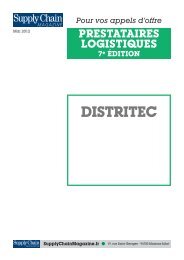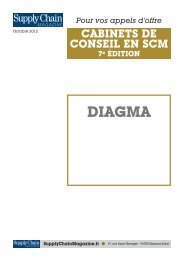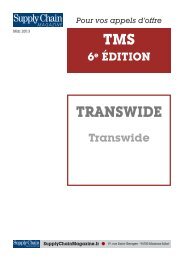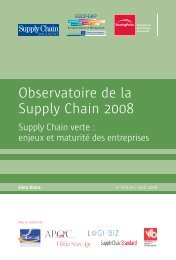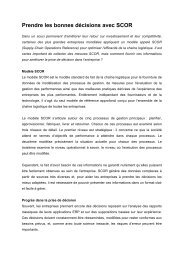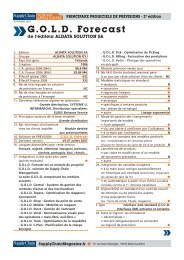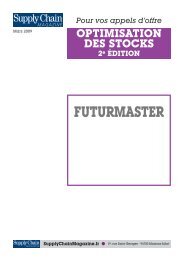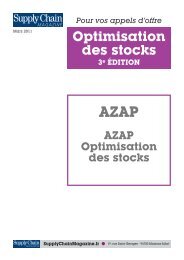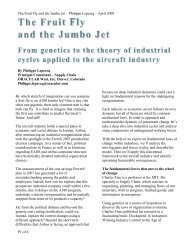European Property Sustainability Matters European Property ...
European Property Sustainability Matters European Property ...
European Property Sustainability Matters European Property ...
You also want an ePaper? Increase the reach of your titles
YUMPU automatically turns print PDFs into web optimized ePapers that Google loves.
King Sturge: <strong>European</strong> <strong>Property</strong> <strong>Sustainability</strong> <strong>Matters</strong><br />
Manufaktura, Lodz, Poland<br />
Manufaktura is a retail project which has reinvented<br />
the market place (Rynek) within an old textile mill in<br />
the middle of Lodz, with a focus on creating social<br />
sustainability.<br />
Lodz is the second city of Poland and at central a<br />
geographic and economic part of the country. With<br />
a population of 900,000 and a student population<br />
of over 100,000, it is well linked by its international<br />
airport with the rest of Europe.<br />
Now-a-day it includes such international companies<br />
as ABB, Coco Cola, Merloni Indesit, Pepsico, Amcor<br />
Polska, Bosch-Siemens, Gillette and Phillips. Based<br />
on its historic past, it is also the fashion capital of<br />
Poland.<br />
Tourism, Culture and History<br />
After Warsaw, Lodz is one of the most popular<br />
tourist destinations in Poland along with Krakow<br />
and Poznan. The Golden Age of Lodz was during<br />
the industrial revolution. Then, as now, it embraces<br />
four cultures; Jewish, German, Russian and Polish.<br />
Its fame was expanded by Israel Poznanski who<br />
was the founder of the textile factory in 1852. By<br />
1877 it was a textile mill employing more 12,000<br />
workers.<br />
Following the death of the founder, it fell into<br />
disrepair and eventually become nationalised in the<br />
1930s but eventually bankruptcy closed Poltex (as<br />
it was known) in 1997. It then remained derelict<br />
seeking a new use.<br />
The Project<br />
Manufaktura consist of 27 hectares in the heart<br />
of the city. The objective has been to bring the<br />
district back to life by embracing the industrial and<br />
art nouveau architect and renovating 90,000 m² of<br />
19th Century historical building.<br />
45,000 m² of red brick façade have been renovated<br />
creating a link between the past and future but also<br />
recreating a vibrant social place, the Rynek or market<br />
square of the city. Social sustainability has been<br />
one of the key objectives (as well as re-using<br />
the embodied energy of the historic architecture).<br />
The project has aimed to respect the local<br />
community and involve it throughout the process of<br />
redevelopment. In particular, it has aimed to create<br />
a dialogue between the four cultures, but also bring<br />
other social activities to the development.<br />
The key building blocks of the development are as<br />
follows:<br />
Culture 8,000 m²<br />
Business (Hotel/Office) 20,000 m²<br />
Retail 101,000 m²<br />
Leisure 21,000 m²<br />
Gross Lettable Area 150,000 m²<br />
The main project is immediately adjacent to the<br />
historic city Palace built by Israel Poznanski.<br />
Adjacent to the project site a major building will be<br />
converted into a museum of modern art in 2008. A<br />
four star hotel with a 105 bedrooms and conference<br />
centre will use the adjacent structure.<br />
The essential building block of the main project,<br />
include:<br />
Cinema City – a 12 screen cinema plus a 3D<br />
IMAX<br />
Kinderplaneta – a 1,000 m² children’s playground<br />
Eksperymentarium – a unique concept mixed<br />
education and entertainment building<br />
Gymnasium with full fitness centre<br />
Disco Elektrownia<br />
Casino<br />
56




